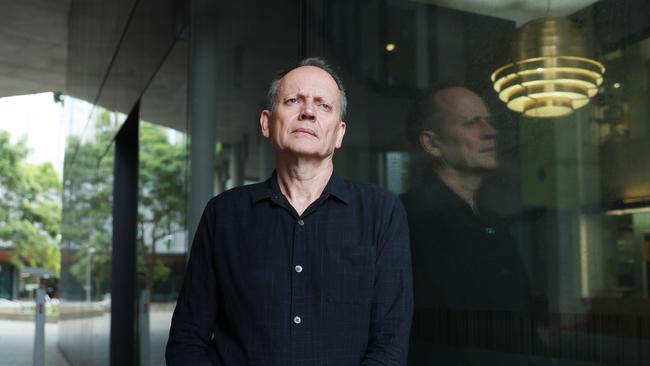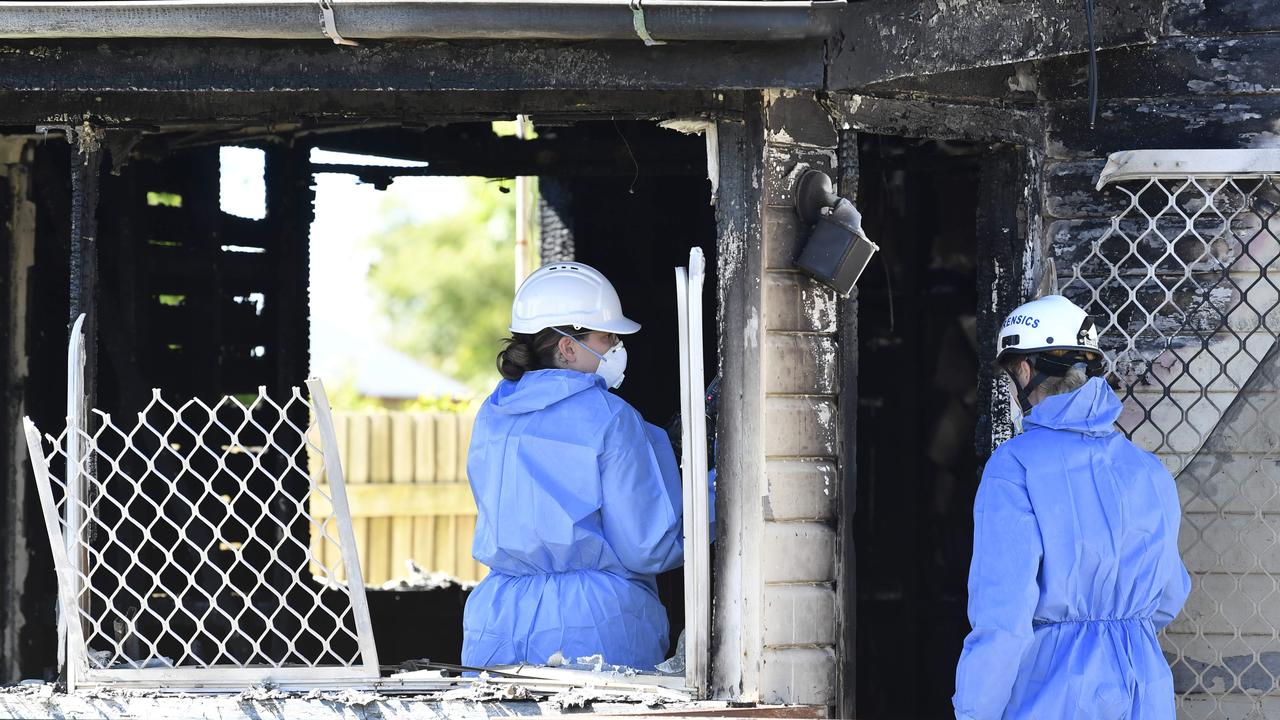Coronavirus: Households feared hotspots for next wave of transmissions
The number of coronavirus cases being spread randomly in the community appears to be falling.

The number of coronavirus cases being spread randomly in the community appears to be falling, boosting hopes that Australia might be past the worst of the COVID-19 pandemic.
But as signs begin to emerge that Australia may be close to purging coronavirus from its communities, thanks largely to rigorous social-distancing rules and a virtual shutdown of the bricks-and-mortar economy, a prominent epidemiologist has warned that outbreaks may soon begin within people’s homes.
Greg Dore, an infectious diseases physician at St Vincent’s Hospital, the treatment centre at the eye of Sydney’s coronavirus outbreak, said the decline in new diagnoses was “incredibly encouraging’’. Most heartening was the apparent reduction in the number of locally acquired cases.
“There has been a decline in diagnoses of community-acquired cases,’’ Professor Dore told The Australian. “That’s suggestive of a reduction in community transmission.’’ He cautioned that while testing for COVID-19 had been significantly broadened, letting authorities gather a better sample of community infection, it was still geared towards those with disease symptoms, meaning asymptomatic cases were potentially passing undetected. “(But) the overall message is increased testing … (and) declining new diagnoses.’’
As authorities claimed some success in banishing COVID-19 from our communities, University of Newcastle epidemiologist Craig Dalton said the focus must now be on containing outbreaks within our households.
He agreed community transmission figures were encouraging, noting that the rate at which community infections were doubling had extended from every three days late last month to every eight to nine days. “We’ve controlled the importation very successfully,’’ Dr Dalton told The Australian.
“It’s excellent. We’ve established good social distancing and decreasing transmission. The focus now has to be stopping transmission in households, because that’s where most of us are. Once we’ve controlled the borders, we need to control infections in the 10 million households.’’
Dr Dalton said the experience in China had been that household infections increased once lockdowns had been initiated.
“When they closed down public spaces, the only places left were essential workplaces, people’s homes and institutions,’’ he said. “That’s where we have to fight COVID now, in those settings.’’ Until recently, Australia had been unique among countries stricken by COVID-19 in that most of our new cases were imported from overseas.
Health authorities have been watching community case numbers to get a sense of the true rate of the disease. Chief Medical Officer Brendan Murphy said there were just over 500 confirmed cases of community-acquired coronavirus here, of the 5882 overall. “That is why we cannot relax,’’ he said. “It could all come undone.’’



To join the conversation, please log in. Don't have an account? Register
Join the conversation, you are commenting as Logout